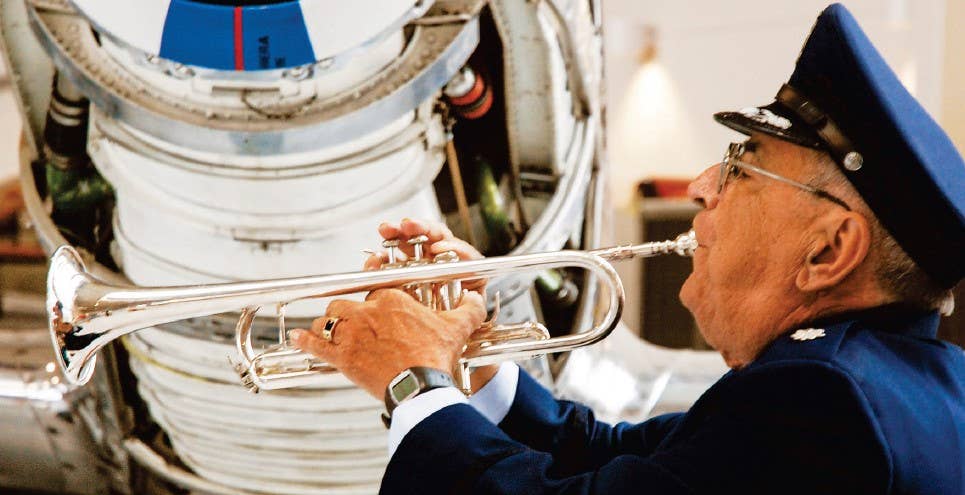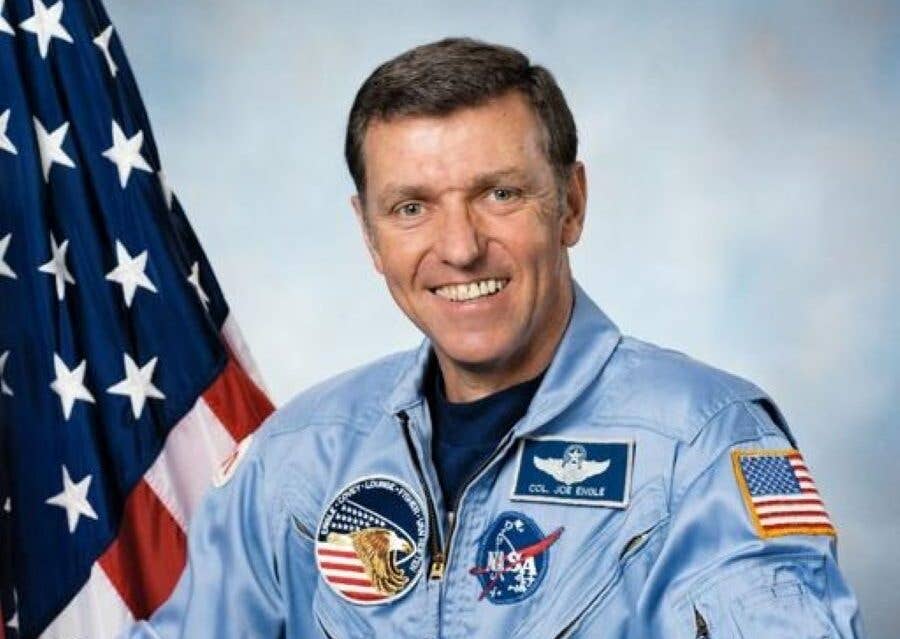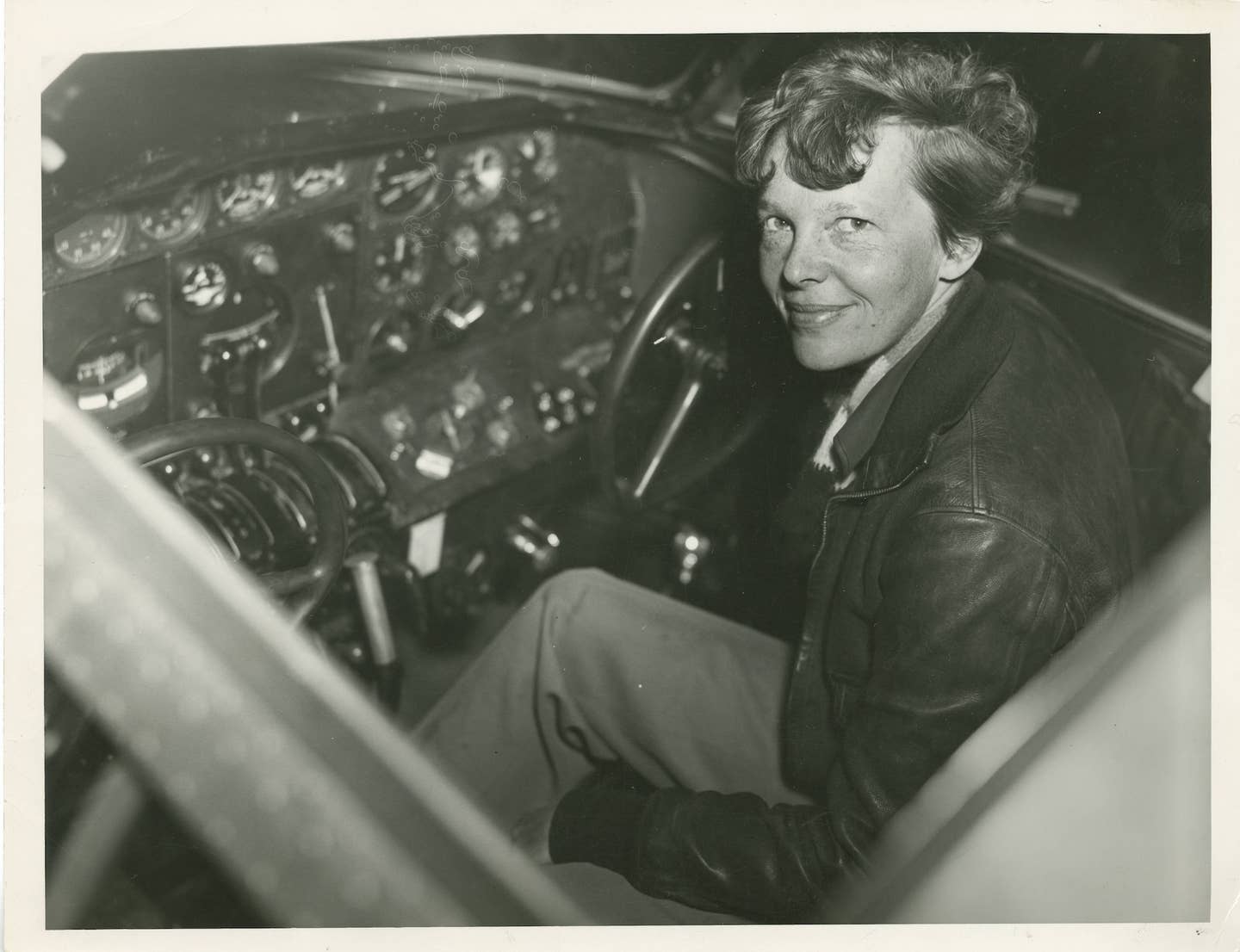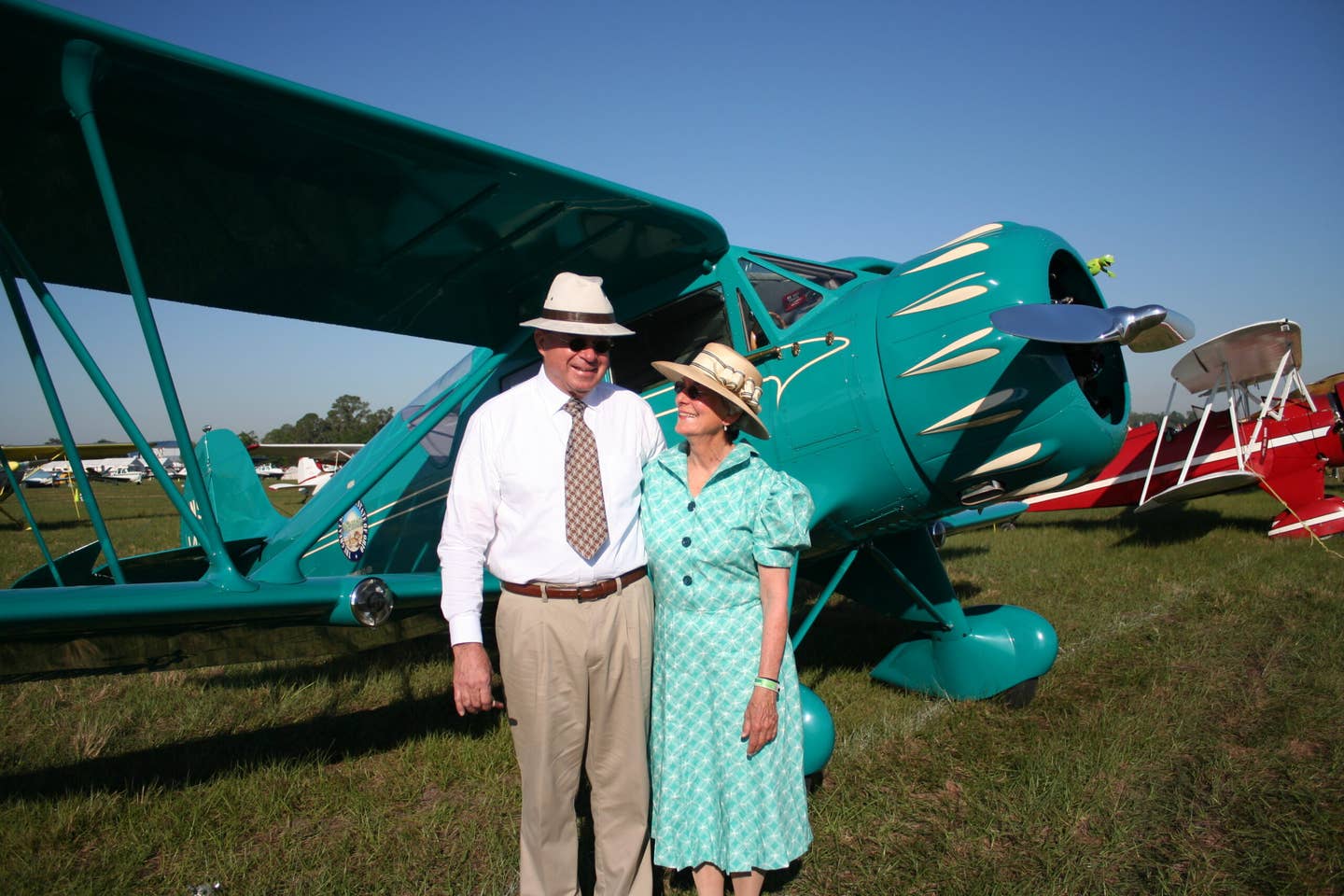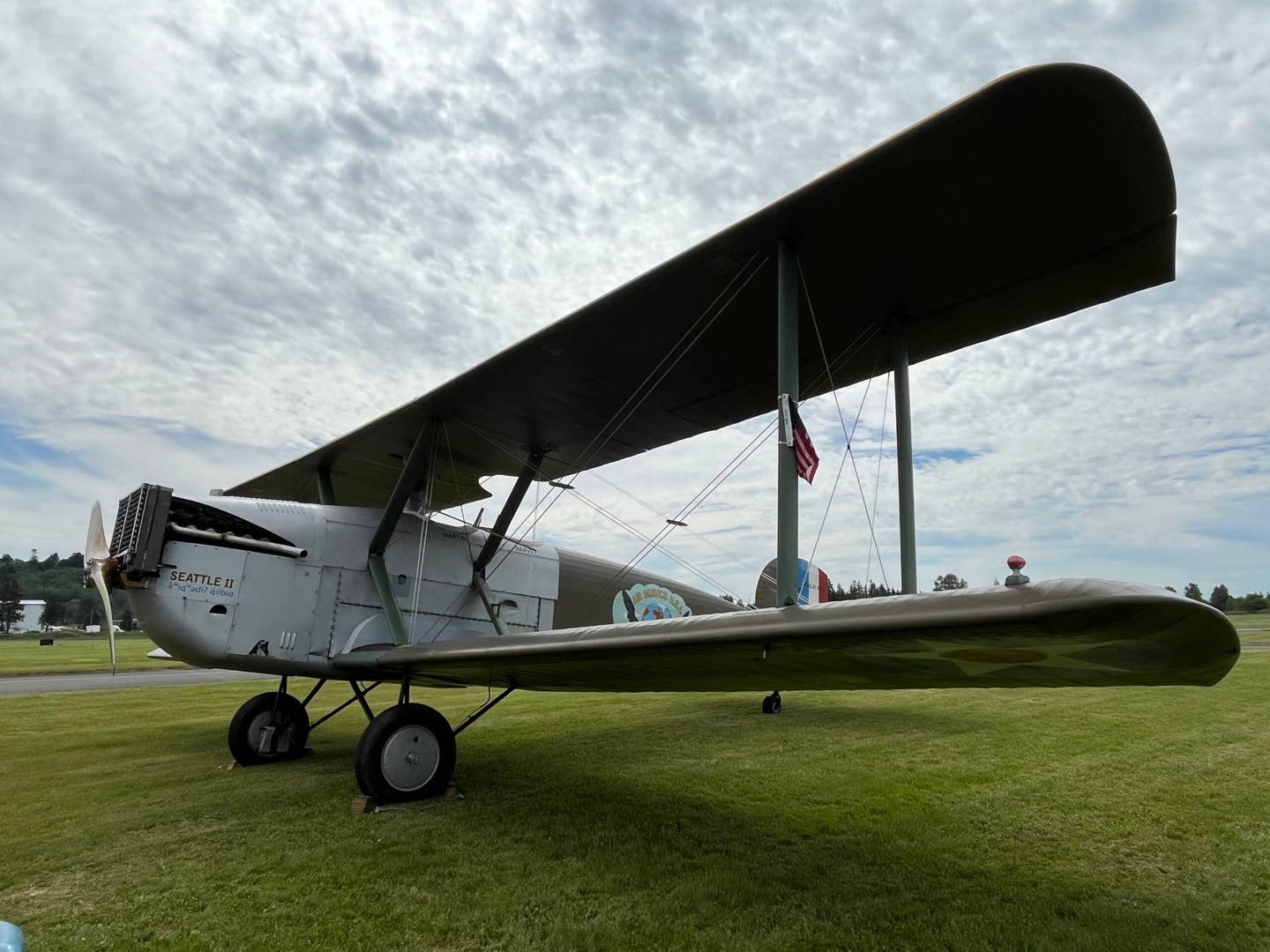Remembering Pearl Harbor
December 7 marks the 82nd anniversary of the attack.
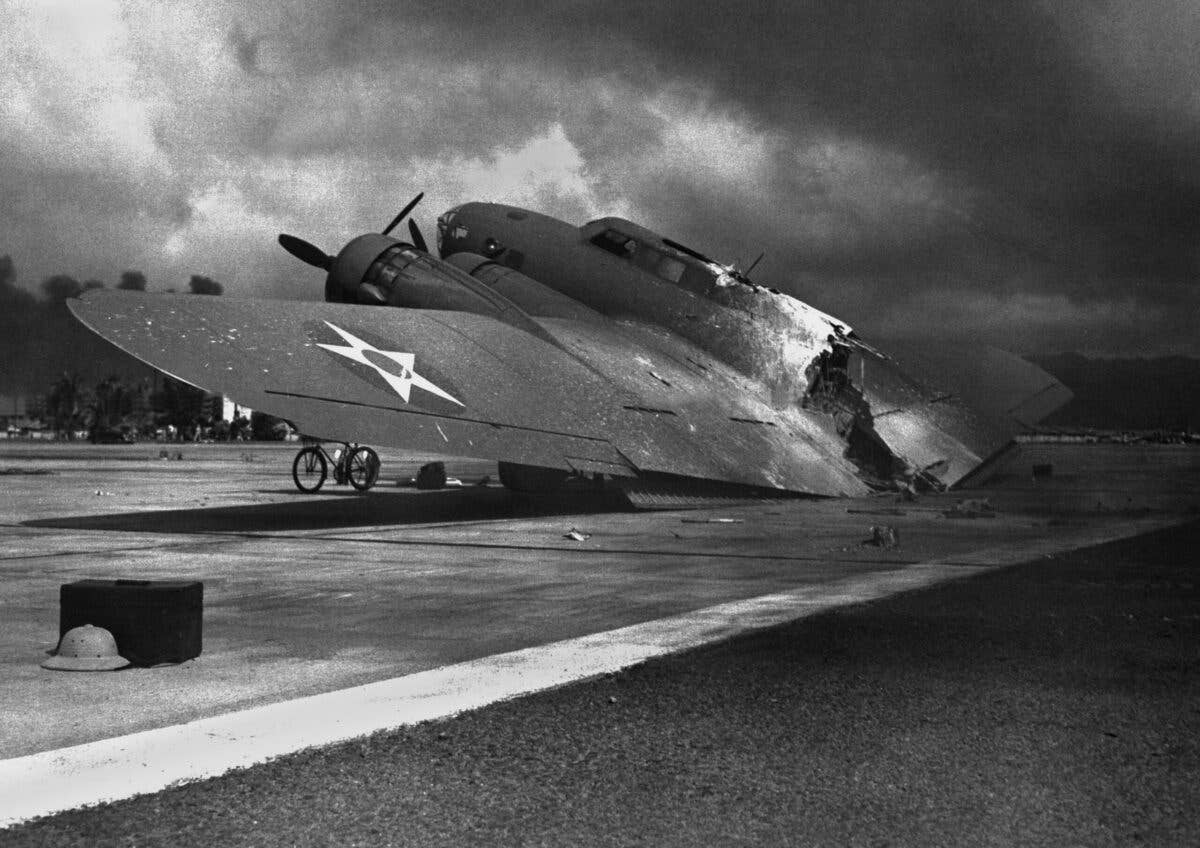
A B-17C destroyed in the Japanese attack on Pearl Harbor on Dec. 7, 1941. [Shutterstock]
Thursday is Pearl Harbor Remembrance Day. In the famous words of President Franklin D. Roosevelt, "December 7, 1941, a date which will live in infamy," as it was when the Japanese military initiated a surprise aerial attack on the U.S. Naval Base at Pearl Harbor in Hawaii.
According to History.com, the first wave of Japanese attack aircraft arrived just before 0800, consisting of of 180 airplanes, including torpedo aircraft, dive bombers, fighters, and high-level bombers. A second wave of similar size and made up mostly of dive bombers followed.
The attack killed 2,403 American servicemen and wounded another 1,178. Six American ships were destroyed, including the USS Arizona which today is a national memorial where many sailors were entombed the morning of the attack, and many others have been in later years by choice, as they survived the initial attack and asked the Navy to bury them at sea with their shipmates. The Navy often grants such requests.
As the attack happened in the early morning, many of the sailors were still in their bunks. Among them, the ship’s band, as it had won a “battle of the bands” competition the night before and as a reward was allowed to sleep in that Sunday morning.
Among the survivors of the attack were Cornelia Clark Fort, a civilian flight instructor who was working in Hawaii. Fort was flying with an advanced student when suddenly she noticed the number of aircraft in the air. One was on a collision course with them. Fort took the controls and they narrowly avoided the collision. When she saw the rising sun insignia on the wing of the Japanese aircraft and the smoke and explosions erupting from the buildings in the harbor, she realized what was happening and landed at John Rodgers civilian airport. They were pursued and strafed by a Japanese Zero but survived to tell the story. The airport manager was killed in the attack, and two other aircraft carrying students and instructors did not return that day.
Ford Island
The attack destroyed 169 U.S. aircraft— most never made it off the ground. They were parked in precise, disciplined lines on the ramp at Ford Island, a 441-acre facility in the middle of Pearl Harbor.
The air base has been restored and now serves as the home of the Pearl Harbor Aviation Museum. The facility still bears the scars of war. There are bullet holes in some of the windows, and on the ramp, you will notice parallel lines, bullet holes in the cement, then a void, then the path of the bullet holes resumes. The morning of the attack there was a PBY parked where the void is.
Inside the museum, Hangar 37 tells the story of World War II. You will see a B-25 along with several American and Japanese fighters and U.S. training aircraft, including a Boeing N2S-3 Stearman.
Each year on the anniversary of the attack, a ceremony is held at Pearl Harbor. Survivors are honored guests. Over the years, the number of survivors has decreased dramatically, and those who are still alive are centenarians. The U.S. Department of Veterans Affairs does not keep statistics for how many Pearl Harbor survivors remain alive, but it does note that of the 16 million people who served in WWII, approximately 120,000 are still living.
Movies About Pearl Harbor
Tora! Tora! Tora! (1970)
There have been several movies made about the Pearl Harbor attack. One of the first Hollywood dramas was "Tora! Tora! Tora!" in 1970. The movie was groundbreaking in that it employed both American and Japanese writers and directors to tell the story. The collaboration resulted in scenes that jump back and forth between what us happening in Washington, D.C., where the Japanese delegation is trying to get the oil embargo lifted, to a radar outpost in Hawaii, where a pair of American servicemen see the large wave of aircraft approaching and figure it is a squadron of B-17s coming in from the mainland. Filmed several decades before computer generated imaging (CGI) was the norm, the Japanese attack aircraft are often North American T-6s with a new paint job.
This retelling of the story provides great detail of the events that led up to the attack, including the strained relations between the United States and Japan over the U.S. embargo of raw materials. Japan, as an island nation, was dependent on these materials. Several scenes take place aboard the Japanese aircraft carriers, where the pilots are preparing for the attack. Meanwhile, in the U.S. it becomes apparent that intelligence agencies have intercepted Japanese communications hinting that an attack is imminent but simply refuse to believe such a thing could happen on U.S. soil.
Pearl Harbor (2001)
This Hollywood, big-budget blockbuster is a heavily fictionalized version of the events that lead up to the attack and a romantic drama beginning with Danny Walker (played by Josh Harnett) and Rafe McCawley (Ben Affleck), two best friends from Tennessee flying under the command of Major Jimmy Doolittle (Alec Baldwin). When the story opens, America isn't in the war yet, but Rafe has been accepted to fly with the Eagle Squadron in the Royal Air Force in England. He accepts, although that means leaving behind Evelyn (Kate Beckinsale), the nurse he's been dating in New York. A short time later, Rafe is shot down and presumed dead. Danny and Eveylyn are drawn closer together as they mourn his death, and they end up based in Pearl Harbor in December 1941. They are surprised to learn Rafe didn't die—he shows up at Pearl Harbor as well. There is the predictable conflict, bar fighting, then the attack happens, and Rafe and Danny grab a pair of P-40s to do battle against the Japanese.
Following the attack on Pearl Harbor, Rafe and Danny continue to fly, becoming part of the Doolittle Raid on Tokyo on April 18, 1942.
The movie is a collection of historically accurate and fictional characters. Made by Walt Disney Studios, it was designed to appeal to teen and 20-something audiences, so there is a lot of emotional exposition. The movie has been criticized for its length at 183 minutes, which was significantly longer than the attack itself. The movie was nominated for and won several awards, including an Oscar win for Best Sound Editing and a Razzie Award nomination for Worst Picture.
The generation that was at Pearl Harbor found the romance part of the story tedious, as one explained to me "we knew war was coming and we weren't about to get involved with anyone."
Final Countdown (1980)
For the sci-fi and WWII geeks out there, this movie has it all. The story begins in 1980 when an assistant in the Department of Defense, Warren Lasky (played by Martin Sheen), is assigned to visit the aircraft carrier USS Nimitz, ostensibly to observe its routines. The carrier encounters a weird storm as it is transported back in time to December 6, 1941. Shortly thereafter, the Nimitz comes to the rescue of Senator Samuel Chapman (Charles Durning), who, while enjoying a day on his motorboat in 1941, is attacked by two Japanese Zeros. The Nimitz launches two aircraft to defend the senator. They are successful. When the two modern jets roar over his boat, the senator exclaims, "I hope those are ours!" The rest of the movie has the characters debating the concept of time paradox—could they, should they prevent the attack on Pearl Harbor?
December 7th (1943)
This dramatization of the event is made up of film clippings shot on that day. It is very much a documentary like you would see in school. When it was released, it greatly upset the U.S. military because it left the impression the Americans were not prepared for or expecting the attack, so much so that it removed a significant portion of the original film.

Subscribe to Our Newsletter
Get the latest FLYING stories delivered directly to your inbox

